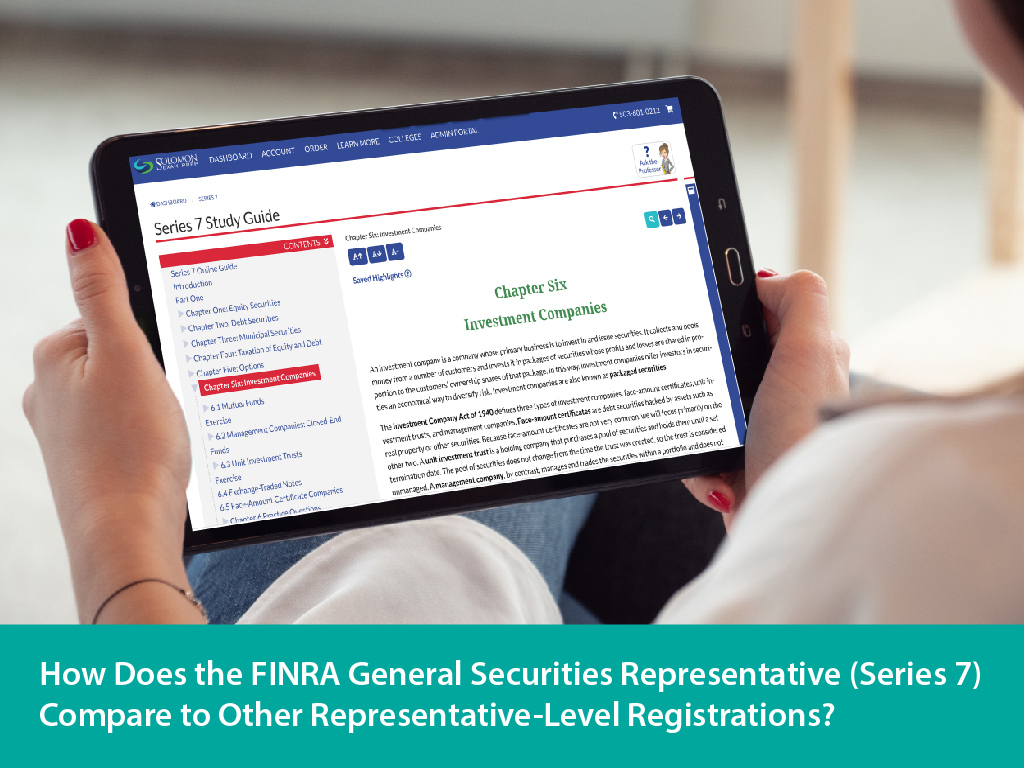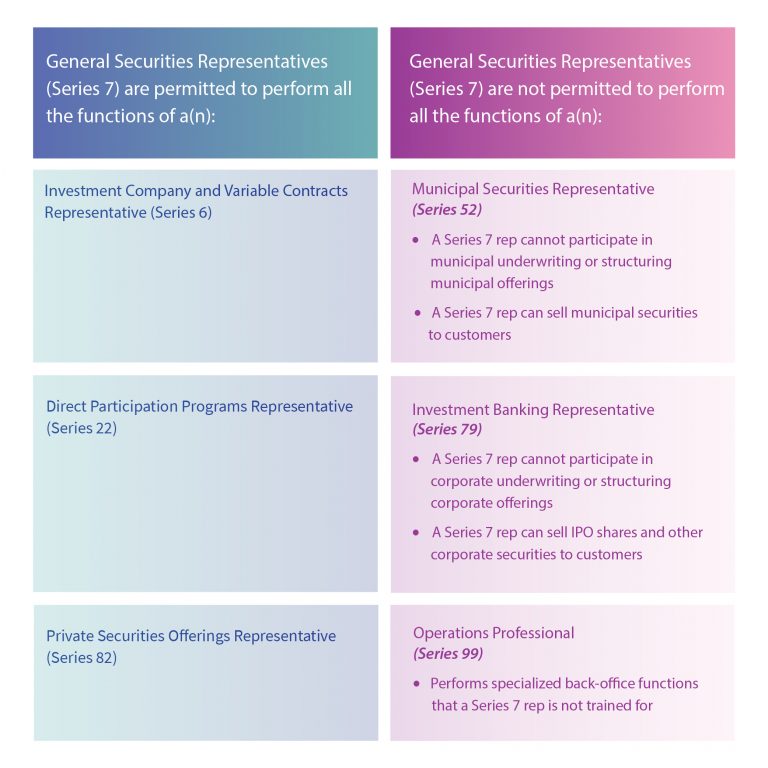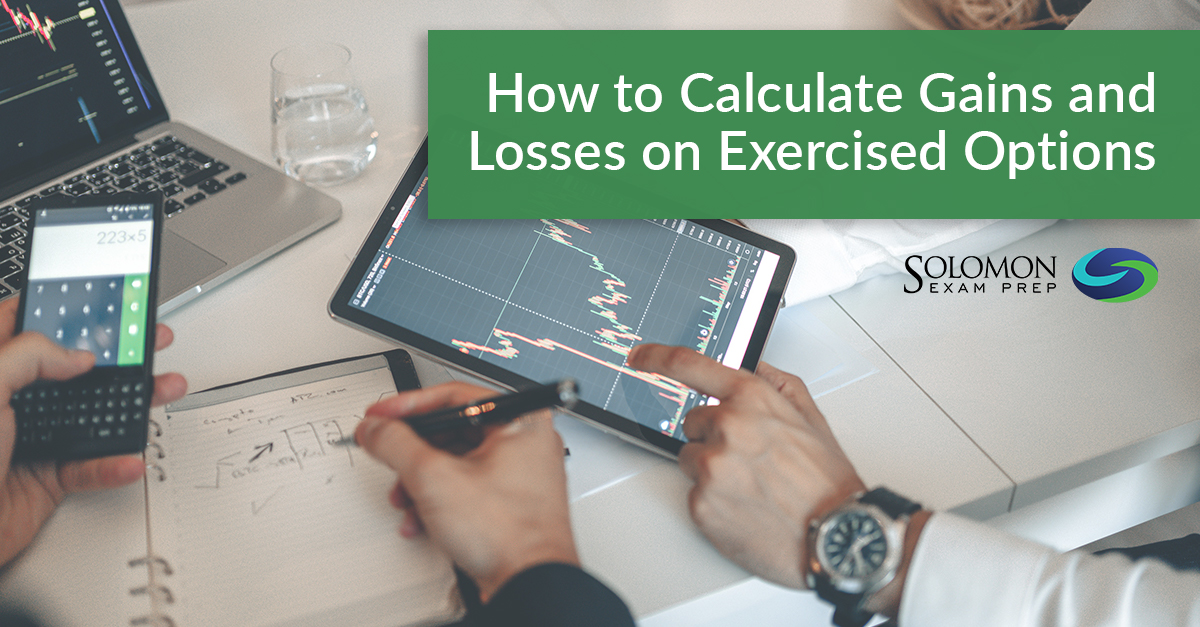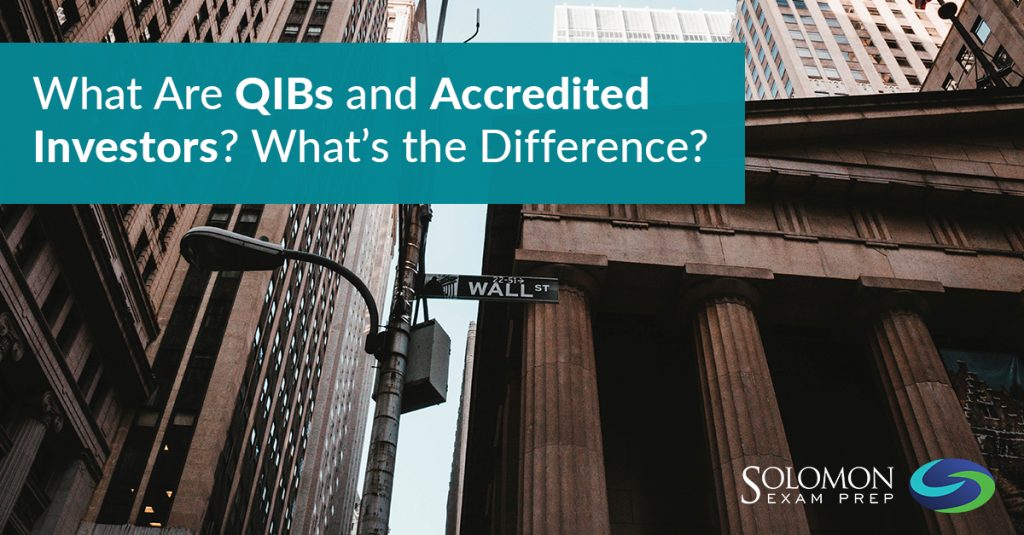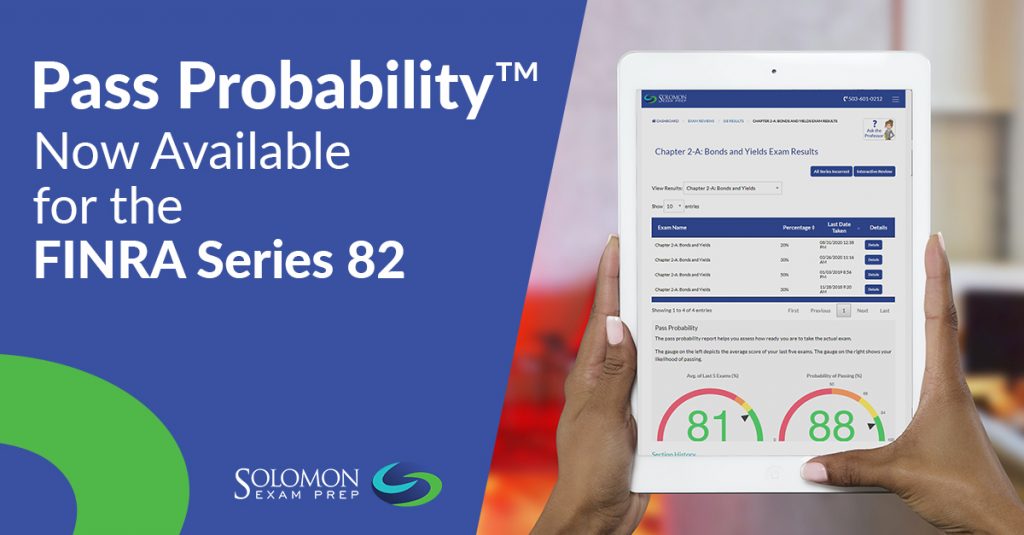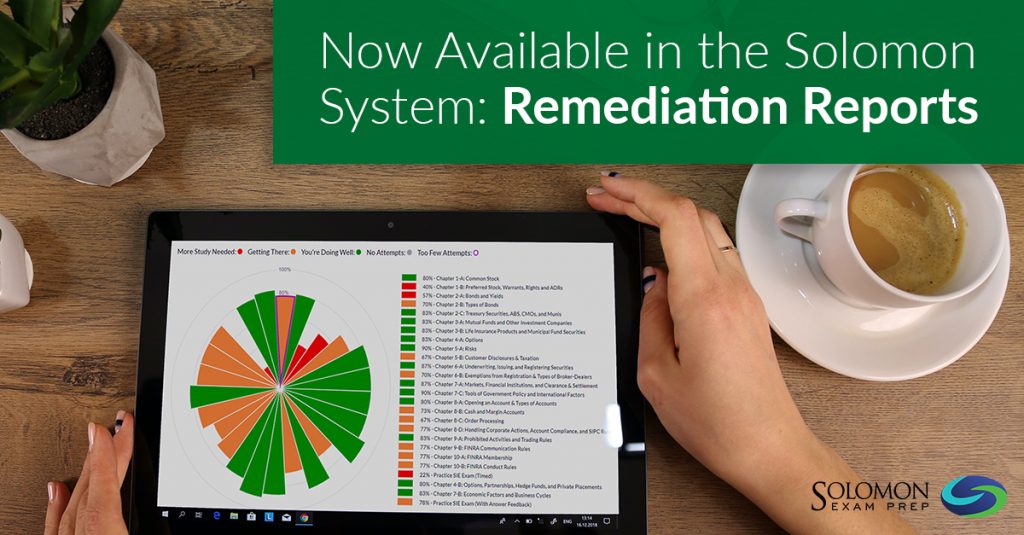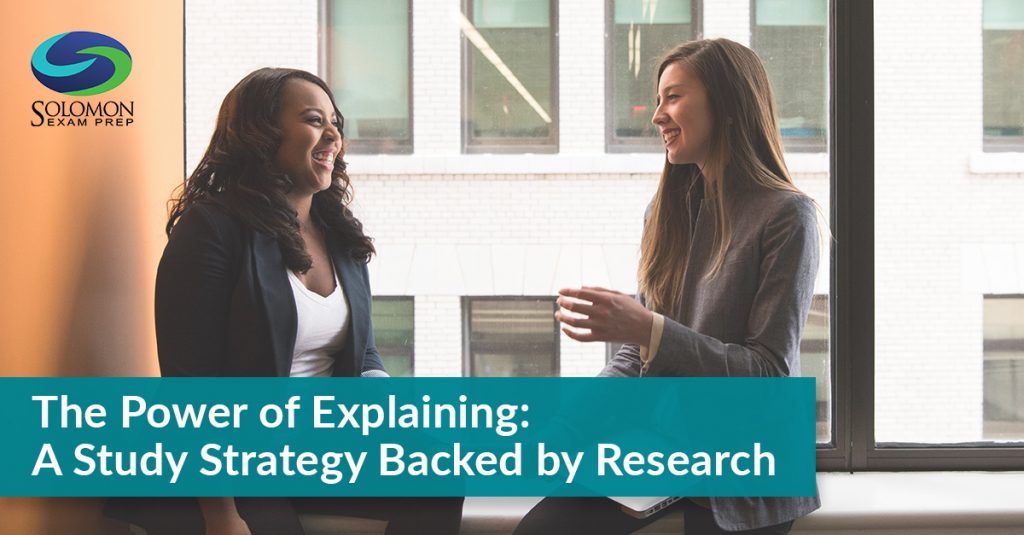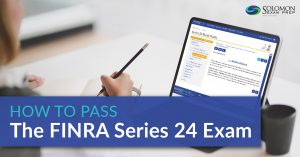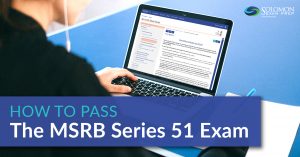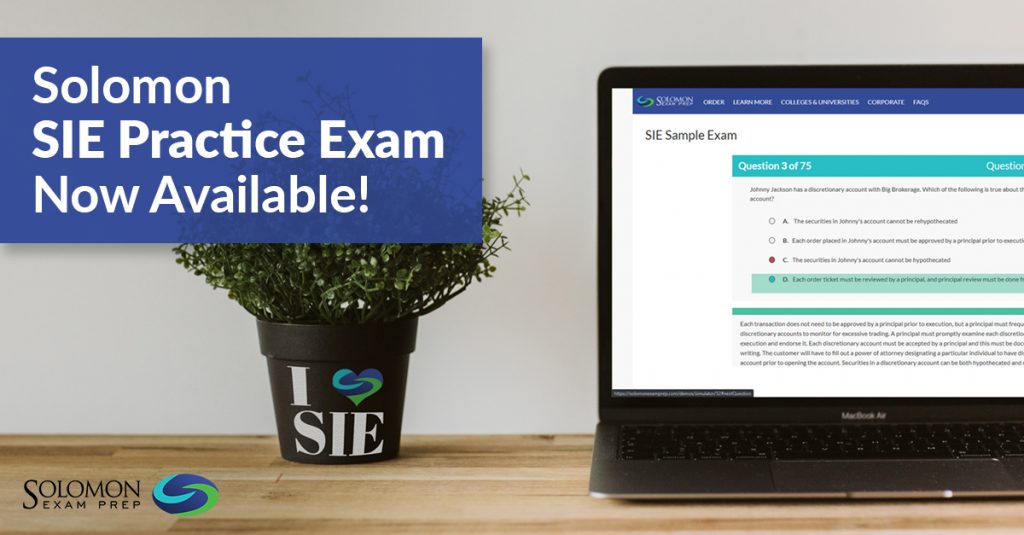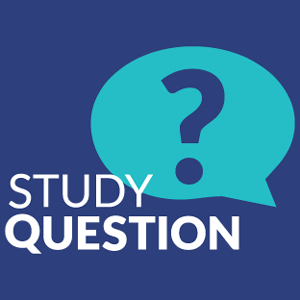Passing a securities licensing exam is no small feat, but four? Solomon Exam Prep recently reached out to Fernando Russo, Vice President of Investment Banking at Young America Capital, to learn more about his success in passing the SIE, Series 82, Series 63, and Series 79 exams (in that order). Whether you need to pass one or multiple exams to reach your career goals, you’ll want to hear about Fernando’s process and helpful tips.
“The content is not rocket science and the math is very simple. It just takes time, dedication and good study materials.”

Fernando Russo
Solomon Exam Prep: Why did you take your exams in the order that you did? Was this order helpful, or would you change anything if you had to do it again?
Fernando Russo: After the SIE I decided to take the 82 first because I wanted to be licensed as soon as possible. The materials for the 82 seemed simple and I felt confident that I could pass. The 63 came right after because it allowed me to offer securities in my state and be fully registered as an investment banker. The 63 is actually very tricky because it is prepared by NASAA and not by FINRA. Some of the materials are similar but the exam is very different from FINRA exams.
I took the 79 last.
I could’ve gone straight for the 79 but I think that taking the 82 was a good way to get started. It helps build up confidence and knowledge.
The 82, for some, might feel like a practice exam for the 79.
Solomon Exam Prep: Out of the exams you passed, which one required the most study time and why?
Fernando Russo: The 63 is trickier than most people think it is. The study materials are not as extensive as the 79 but the content is very specific and one needs to remember very detailed pieces of information (dates, percentages, etc.). I was studying a lot (2-3 hours a day during the week and 4-6 hours during weekends) but not getting the scores that I wanted on my practice exams, so I had to go back to the books and memorize 85% of the materials.
I spent 25% more time studying for the 63 than for the 79.
“The audiobooks are great. I would listen to the chapters while driving, while working out and while doing many other activities.”
Solomon Exam Prep: How did you approach studying for your exams?
Fernando Russo: I studied each chapter and then took a practice exam for that specific content or section. If I didn’t do well, I would go back to the materials and do it all over again until I passed. I did that over and over and over until I passed. I also found a lot of help in the notes that are found in the Resources Folder. These are great to find definitions, tables and simple explanations for seemingly complicated terms. The audiobooks are great. I would listen to the chapters while driving, while working out and while doing many other activities.
Solomon Exam Prep: How did you take the exams – at a testing center or remotely? How was your experience, and do you have any tips to share?
Fernando Russo: I took all my exams at the same Prometric test center in Chicago, and I did so on Monday mornings. I took Friday off from work and studied all day on Friday and on Saturday. On Sunday, the day before each exam, I did not study at all. Instead of studying I spent the whole day doing a fun activity with my family.
I think that is very necessary to allow the mind to rest before the exam. For each test I studied 30-45 days nonstop and one day of peace before the exam felt necessary. It worked. Each time I woke up the day of the test I felt relaxed and ready.
Solomon Exam Prep: Any words of wisdom to help motivate others who are preparing for exams?
Fernando Russo: Take the practice exams. Take them 1,000 times and then some more. I also recommend studying every day, even 10-15 minutes if the student is swamped with other activities. It keeps the mind engaged and the program moving forward. The content is not rocket science and the math is very simple. It just takes time, dedication and good study materials.


